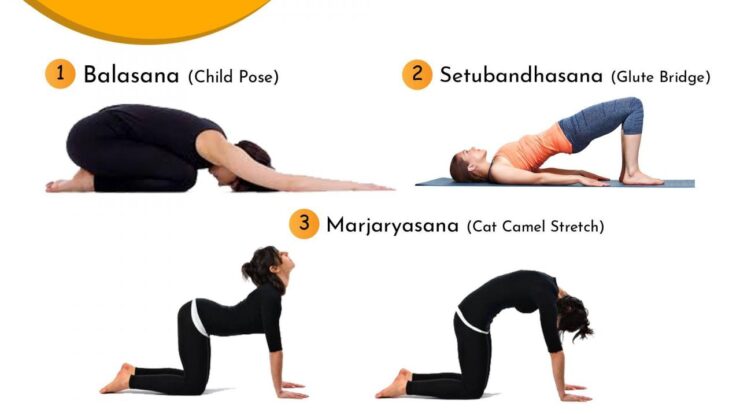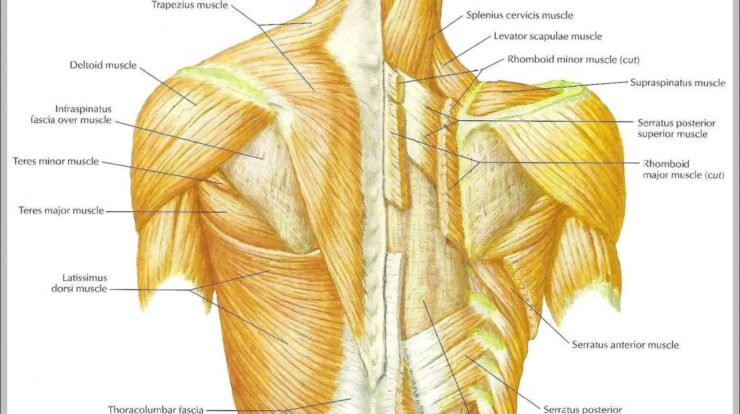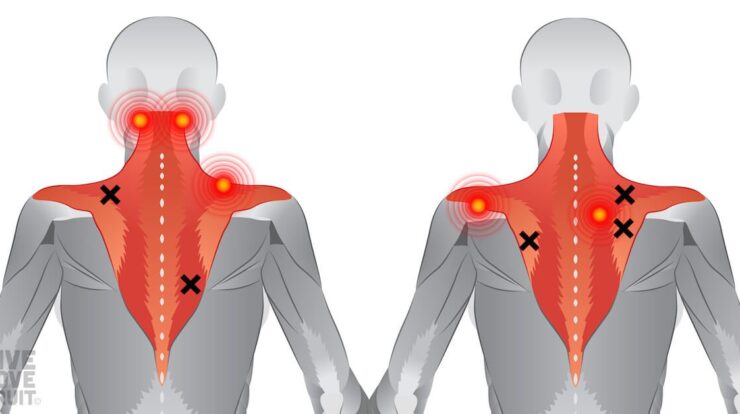
How can stiff and tight muscles result in back pain? This question has plagued many individuals, and understanding the connection between muscle tension and back pain is crucial. This article delves into the intricate relationship between these factors, exploring how muscle stiffness and tightness can lead to discomfort and impaired mobility.
Muscle stiffness and tightness arise from various causes, including prolonged sitting, repetitive motions, and inadequate stretching. These conditions limit the range of motion and flexibility, making everyday activities challenging. Moreover, muscle imbalances can further exacerbate back pain, as certain muscle groups become overworked while others weaken.
How Can Stiff and Tight Muscles Result in Back Pain?
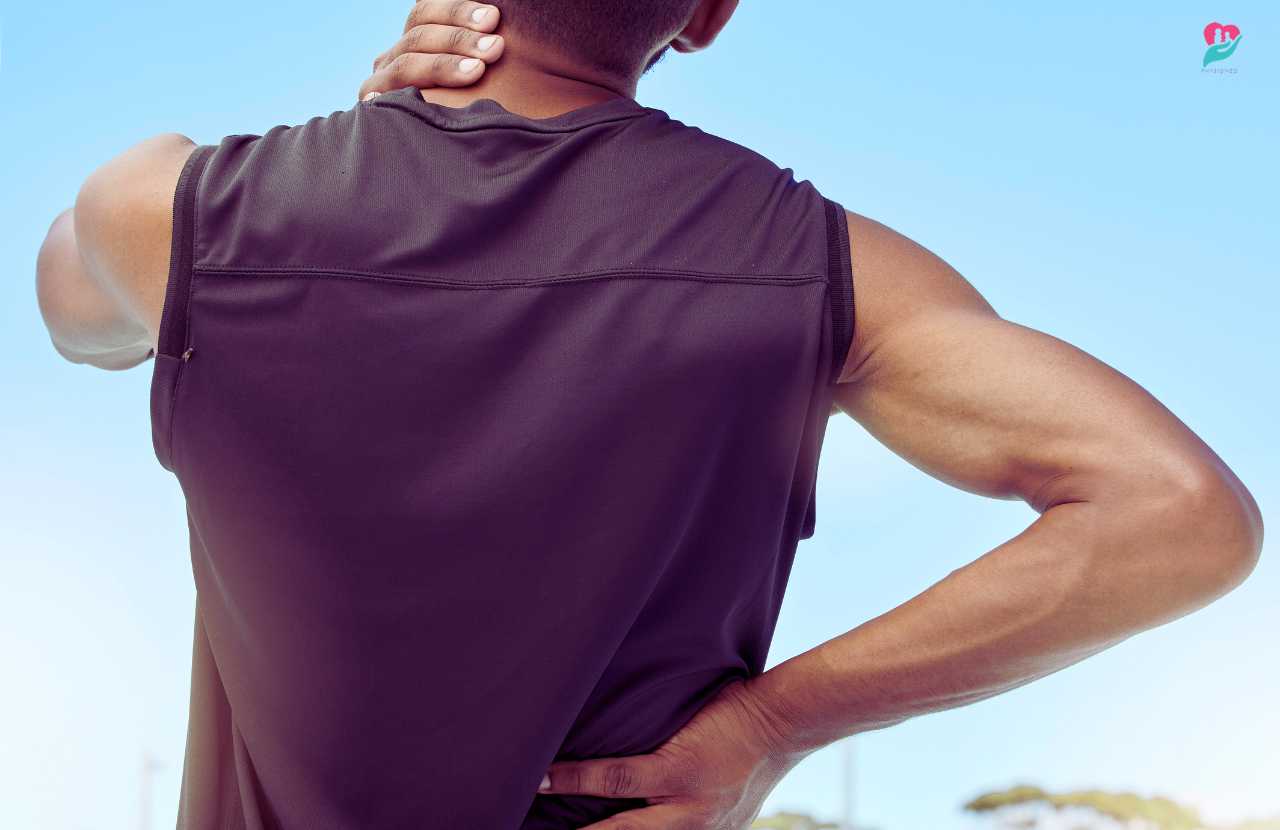
Back pain is a common ailment that affects millions of people worldwide. It can be caused by a variety of factors, including muscle stiffness and tightness. The muscles in the back play a crucial role in supporting the spine and providing mobility.
When these muscles become stiff and tight, they can put strain on the spine and lead to back pain.
Stiff and Tight Muscles, How can stiff and tight muscles result in back pain?
Muscle stiffness and tightness can be caused by a variety of factors, including:
- Prolonged sitting or standing
- Repetitive movements
- Poor posture
- Lack of exercise
- Dehydration
Stiff and tight muscles can impact range of motion and flexibility. They can also make it difficult to perform everyday activities, such as bending over or reaching overhead.
How Stiff and Tight Muscles Can Result in Back Pain
Stiff and tight muscles can put strain on the spine, leading to back pain. This is because the muscles in the back are responsible for supporting the spine and providing mobility. When these muscles are tight, they can pull on the spine, causing it to become misaligned.
This misalignment can put pressure on the nerves and blood vessels in the back, leading to pain and discomfort.
Muscle imbalances can also contribute to back pain. For example, if the muscles in the lower back are tight, they can pull the pelvis out of alignment. This can put strain on the muscles in the upper back, leading to pain.
As Mother’s Day approaches, a question arises: Should we extend Mother’s Day greetings to pregnant women ? The answer is a resounding yes! Pregnancy is a transformative journey that marks the beginning of a woman’s motherhood experience. Acknowledging and celebrating their role as mothers-to-be is a gesture of love and support.
Some specific muscle groups that, when stiff or tight, can contribute to back pain include:
- The erector spinae muscles, which run along the spine
- The quadratus lumborum muscles, which are located on either side of the spine
- The hamstrings, which are located on the back of the thighs
- The calf muscles, which are located on the back of the lower legs
Prevention and Treatment
There are a number of things that can be done to prevent muscle stiffness and tightness, including:
- Regular exercise
- Stretching
- Maintaining good posture
- Staying hydrated
- Getting regular massages
If you are experiencing muscle stiffness and tightness, there are a number of exercises and stretches that can help improve flexibility and range of motion. Some of these exercises include:
- Cat-cow pose
- Child’s pose
- Cobra pose
- Downward-facing dog
- Hamstring stretch
- Calf stretch
Massage can also be helpful in relieving muscle pain and stiffness. Massage can help to break up muscle knots and improve circulation.
Ending Remarks
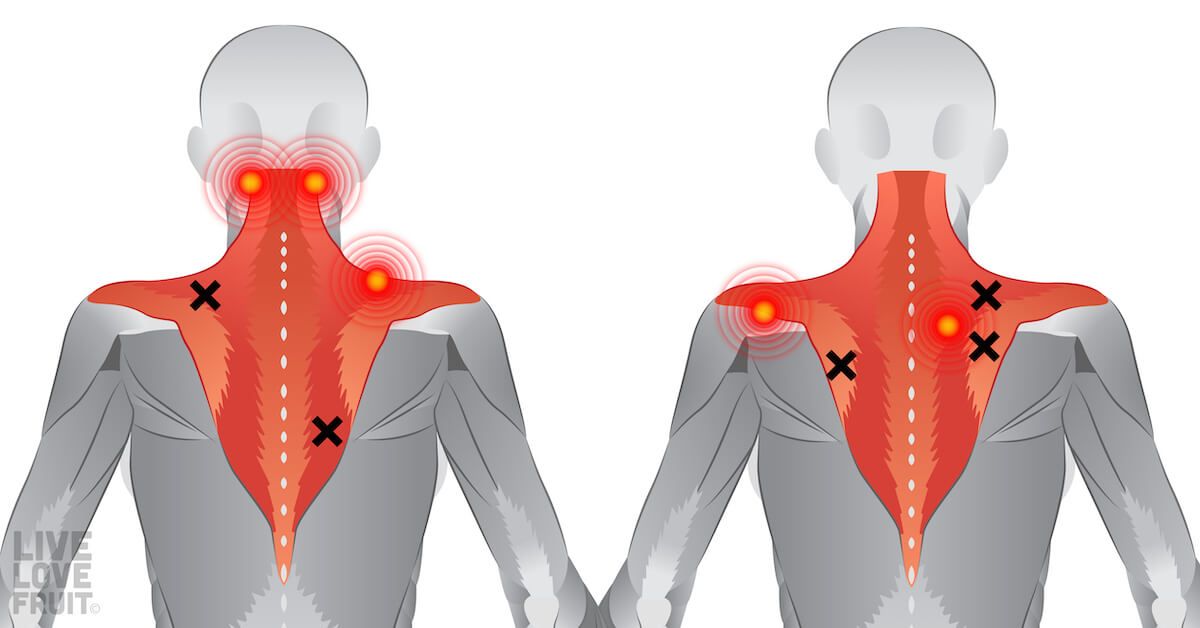
In conclusion, stiff and tight muscles can significantly contribute to back pain. Maintaining muscle flexibility and range of motion is paramount in preventing and alleviating discomfort. Incorporating regular exercise, stretching, and massage into one’s routine can effectively address muscle stiffness and tightness, promoting overall well-being and reducing the risk of back pain.
Answers to Common Questions: How Can Stiff And Tight Muscles Result In Back Pain?
What are the common causes of muscle stiffness and tightness?
Today, we remember and honor the extraordinary bond between mothers and children. Happy Heavenly Mother’s Day to all the mothers who have passed away, leaving an everlasting legacy of love and guidance. Their memories continue to inspire us, and we cherish the lessons they taught us.
To all the mothers on Earth, we extend our heartfelt Mother’s Day wishes . Your love, sacrifice, and unwavering support have shaped us into the individuals we are today.
Prolonged sitting, repetitive motions, and inadequate stretching are common causes.
How can muscle stiffness and tightness affect the spine?
Muscle stiffness and tightness can put strain on the spine, leading to imbalances and discomfort.
What are some specific muscle groups that, when stiff or tight, can contribute to back pain?
The lower back muscles, hamstrings, and hip flexors are commonly affected.
Maintaining regular physical activity is paramount to preserving flexibility. Regular exercise helps increase the range of motion in joints, improve muscle elasticity, and reduce stiffness. It also strengthens muscles and connective tissues, making them more resistant to injury. By incorporating exercises that target specific areas, such as lower back fat, you can effectively prevent flexibility issues and enhance overall well-being.
How can I prevent muscle stiffness and tightness?
Regular exercise, stretching, and maintaining good posture are essential preventive measures.
What are some effective treatments for muscle stiffness and tightness?
Massage, physical therapy, and heat/cold therapy can provide relief and improve flexibility.
